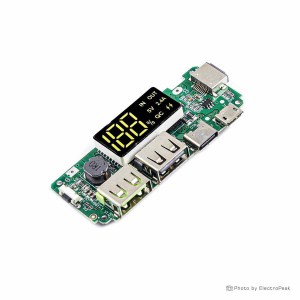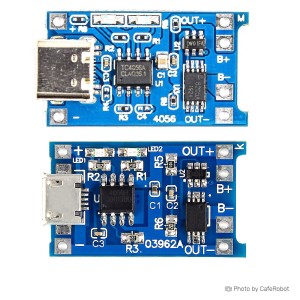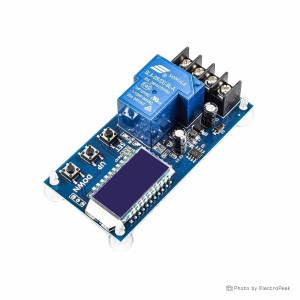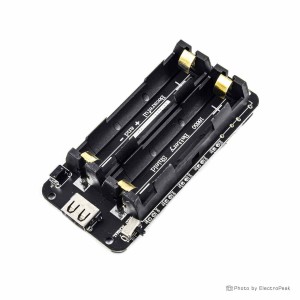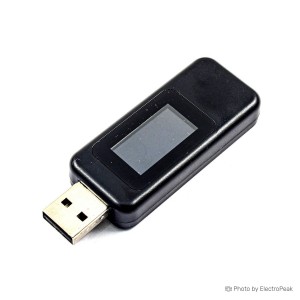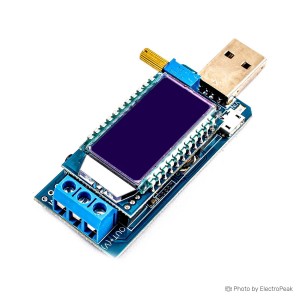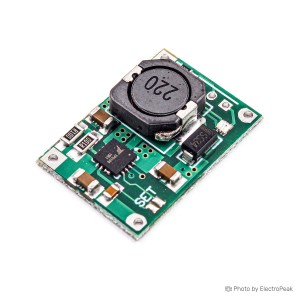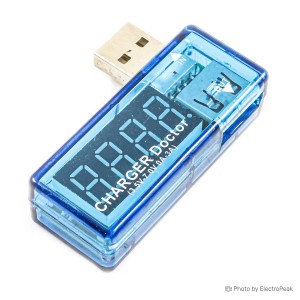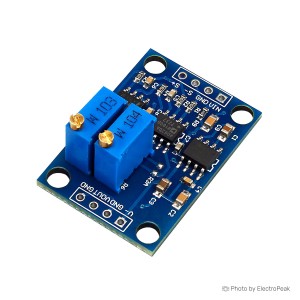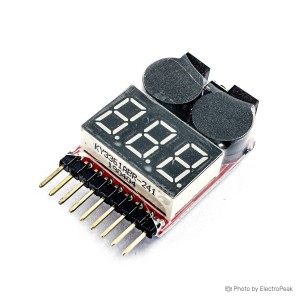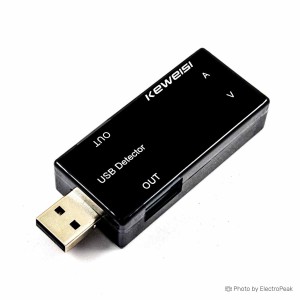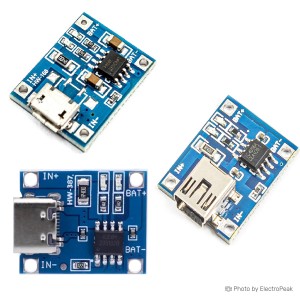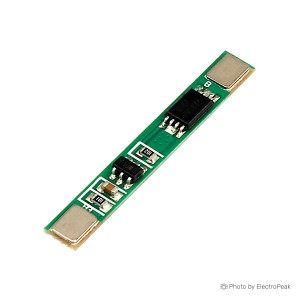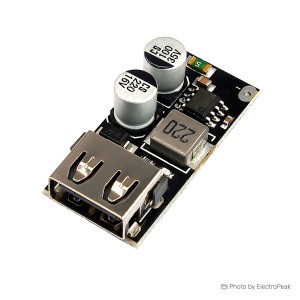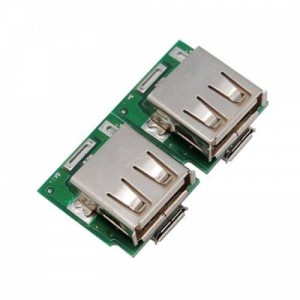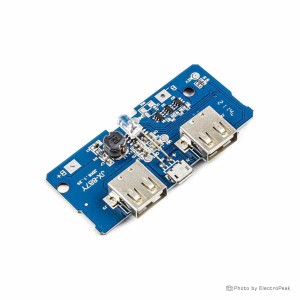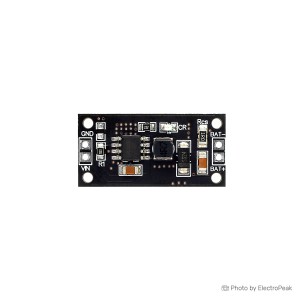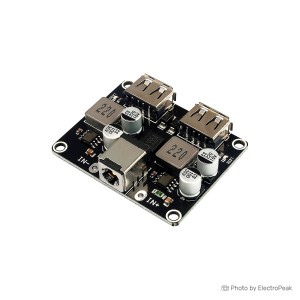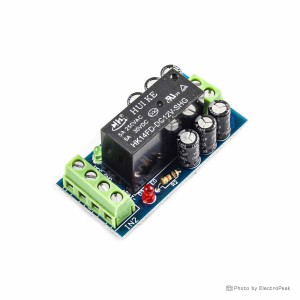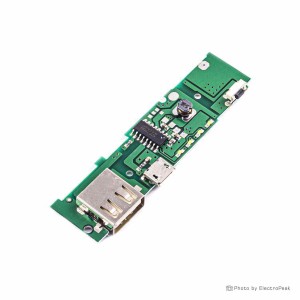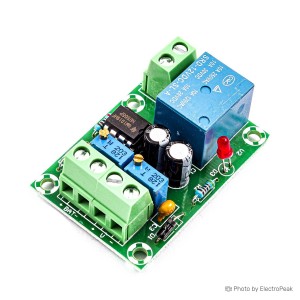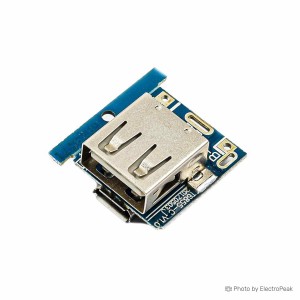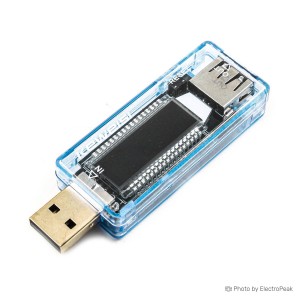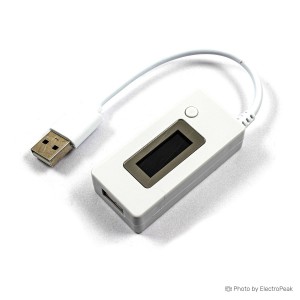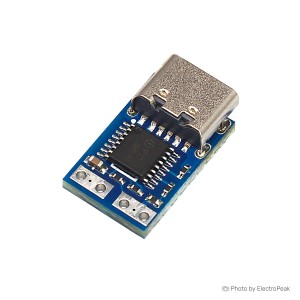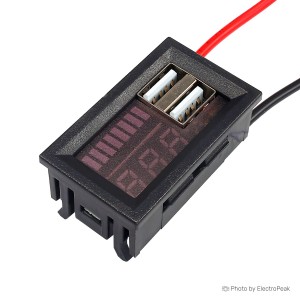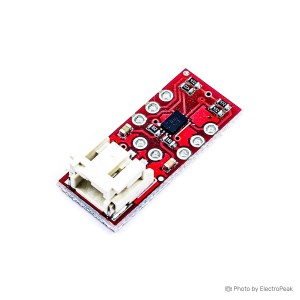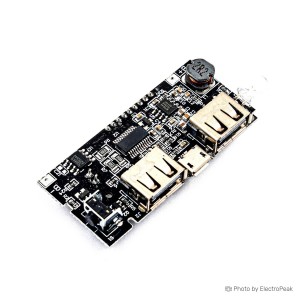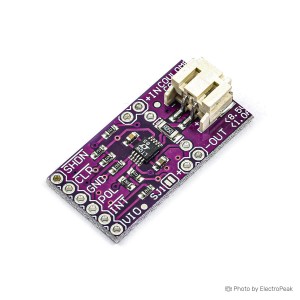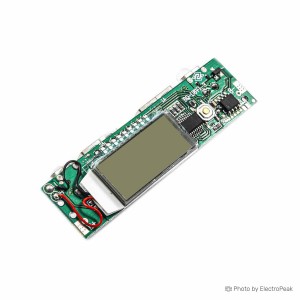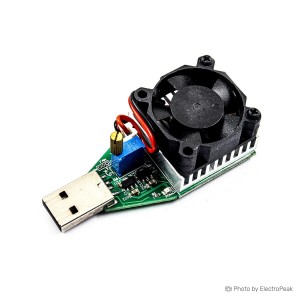Battery Charging Modules & Display
Battery Charger Modules
A Battery Charger is a device designed to replenish the energy in rechargeable batteries by providing an electric current to restore their capacity. It ensures the longevity and optimal performance of batteries by preventing overcharging and maintaining the correct charging voltage.
Price of Battery Charger Modules
The price of Battery Chargers varies based on factors like brand, features, and charging capacity. While basic models are budget-friendly, advanced chargers with fast-charging capabilities or compatibility with multiple battery types may be pricier. When considering a purchase, assess your charging needs and the features offered by different chargers to find the one that best fits your requirements.
Tips for Buying Battery Charger
When buying a Battery Charger, consider factors such as the type of batteries you use, charging speed, safety features, and compatibility with various battery chemistries. Opt for reputable brands known for quality and reliability. Reading user reviews and seeking recommendations can help you make an informed decision, ensuring you choose a charger that meets your specific charging needs.
Types of Battery Charger Modules
Simple Charger
Simple chargers maintain a constant current during the initial charging phase and switch to a constant voltage when the battery approaches full capacity. They are straightforward and effective for basic charging needs. Any DC-DC regulator with constant current features can be employed for this type of application. Like this model
Charger with BMS
Chargers with BMS integrate the features of a simple charger with a dedicated Battery Management System circuit. This combination enhances battery protection and management, ensuring optimal charging conditions and prolonging the overall lifespan of the battery pack. The BMS component actively monitors individual cell voltages, preventing issues like overcharging and over-discharging, making it a comprehensive solution for battery care.
Multi Charger
Multi chargers, such as the Imax B6, offer versatility by supporting multiple battery chemistries and sizes. They often feature programmable settings, allowing users to customize charging parameters based on the specific requirements of different batteries.
Famous Battery Charger Modules
Single-Cell Chargers:
- TP4056: A compact lithium-ion battery charger module designed specifically for single-cell applications, common in small-scale projects.
- MCP73831: I2C-controlled single-cell lithium-ion/polymer charge management controller, perfect for precision charging of individual cells.
Multi-Cell Chargers (Can be used for both single and multi-cell):
- LM2596: A flexible buck converter module designed for charging both single-cell and multi-cell batteries of various types with an adjustable output. To ensure optimal charging performance, it's crucial to choose a model equipped with constant current capabilities. This feature guarantees a controlled and efficient charging process, thereby boosting the overall reliability of your charging solution. Always double-check the specifications to align with the specific requirements of your battery configuration
- LM317: Adaptable for both single-cell and multi-cell configurations, the LM317 provides adjustable charging for various battery types.
- TP5410: Highly integrated Li-Ion battery charger with power path management, facilitating simultaneous charging and discharging for both single-cell and multi-cell setups.
-
- Ni-MH Charger Module: Various modules are available for Ni-MH batteries, providing controlled charging for both single-cell and multi-cell configurations.
Difference between Battery Charger and BMS
The battery charger is a component that generates a constant voltage and current based on the type and number of battery cells to ensure proper charging operations. On the other hand, the Battery Management System (BMS) is responsible for managing and preventing damage to the batteries, and it does not handle the charging process.
For example, if you connect an adapter with a voltage of 12 volts and a current of 2 amps to a pack of 2 lithium batteries (assuming a model of 1000mAh each) with a BMS for 2 cells, the BMS will immediately interrupt the charging process due to Over-Voltage Protection. It will disconnect the connection between the battery and the adapter.
How does a Battery Charger work?
Battery chargers are essential devices that replenish the energy stored in rechargeable batteries. The basic principle behind their operation involves two main stages: constant current (CC) and constant voltage (CV).
Constant Current (CC):
In the initial stage, the charger provides a constant current to the battery. This helps rapidly charge the battery until it reaches a predefined voltage.
Constant Voltage (CV):
Once the battery voltage reaches the preset level, the charger switches to constant voltage mode. During this phase, the charger maintains a steady voltage while allowing the current to decrease. This prevents overcharging and protects the battery from potential damage.
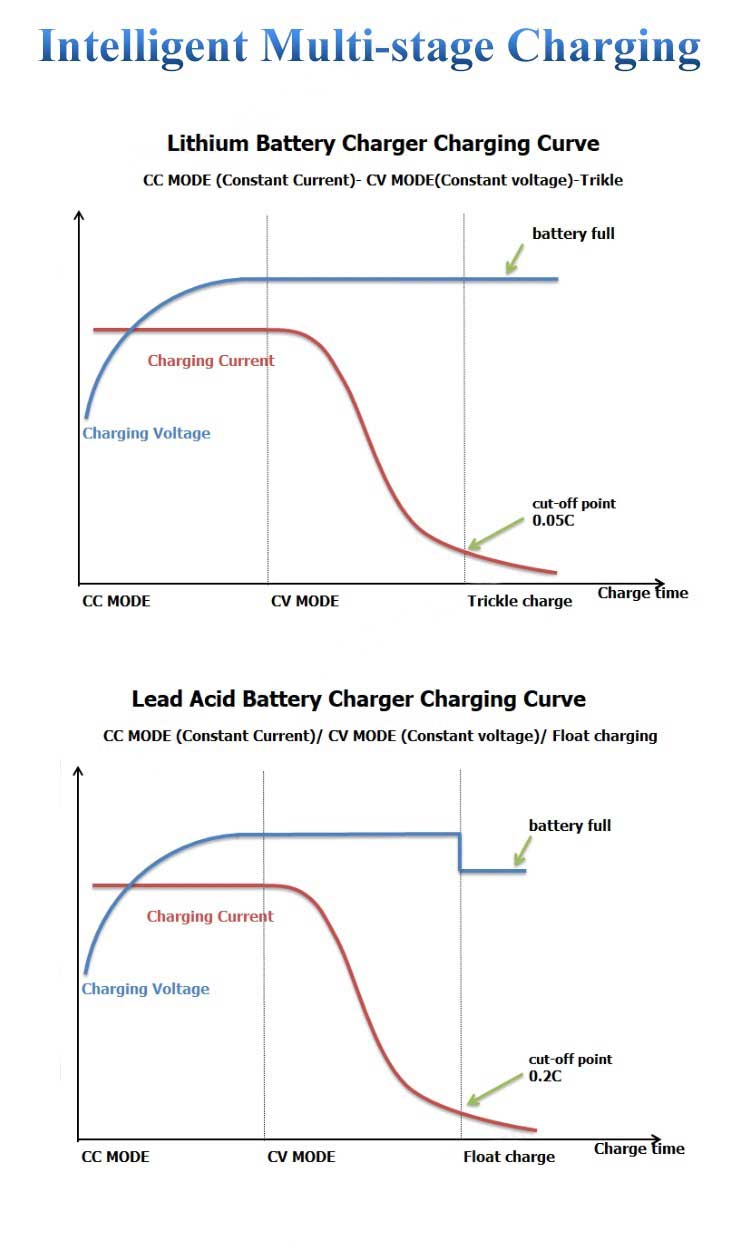
Smart Charging Technology:
Modern battery chargers often incorporate smart charging technologies. These include microprocessors and sensors that monitor the battery's state and adjust the charging parameters accordingly. Smart chargers can detect factors like battery temperature and capacity, optimizing the charging process for efficiency and safety.
Understanding how battery chargers operate is crucial for ensuring the longevity and performance of rechargeable batteries. Choosing the right charger with suitable charging algorithms for specific battery chemistries enhances the overall efficiency of the charging process.
What are the differences in how each battery type (Ni-MH, Li-ion, etc.) is charged?
In the fundamental design of all battery chargers, the Simple Charger serves as the core, distinguished by the values of its Constant Current (CC) and Constant Voltage (CV). Adjusting these values is essential for different battery types, involving the following considerations:
Max Voltage of Battery (value of CV): The maximum voltage is calculated based on the number of cells in the battery.
- For lithium batteries, it is typically 4.2 volts per cell.
- For Ni-MH it ranges from 1.2 to 1.5 volts per cell.
- For lead-acid it is 2.4 volts per cell.
Max Current of Battery (value of CC): The maximum current is determined by the battery's capacity.
- For lithium batteries, it is usually half or equal to the capacity
- For Ni-MH it ranges from 0.1 to 0.2 times the capacity,
- For lead-acid it is typically specified on the battery or falls within the range of 0.1 to 0.3 times the capacity.
Can I Use Battery Charger Modules to Make a Power Bank?
Certainly, when creating a power bank, it is advisable to use Battery Charger Modules specifically designed for this purpose. These modules often come with built-in features such as overcharge protection, making them suitable for assembling safe and efficient power banks. By selecting a charger module designed for power bank applications, you enhance the overall reliability and performance of your portable power solution.
What is the best lithium ion charger module?
The best lithium-ion charger modules ensure efficient and safe charging with features like constant current (CC) and constant voltage (CV) charging, along with advanced protection mechanisms. Choose a module that suits your battery's specifications for optimal performance and longevity.
How do I choose the right charger for my battery?
Choosing the right charger involves considering factors like voltage, current, and compatibility with your battery type. Check your device's specifications and match them with the charger to ensure safe and efficient charging, preventing damage to the battery and device.
Is it safe to leave my device charging overnight?
While modern chargers and devices often include safety features, it's generally advisable not to leave devices charging overnight. Extended charging can contribute to long-term battery degradation and poses a potential safety risk in rare cases. Unplug your device once fully charged for optimal battery health.
Can I use a charger with a higher voltage for my battery?
Using a charger with a higher voltage than recommended for your battery can lead to overcharging, damaging the battery and the device. Always use the charger specified for your device to ensure a safe and effective charging process.
How long does it take to charge a battery fully?
Charging time varies based on the battery capacity, charger specifications, and device settings. Generally, a full charge can take a few hours, but it's essential to follow the manufacturer's guidelines for the specific charging duration.
Can I charge different types of batteries with the same charger?
Using the same charger for different battery types may not be safe. Different batteries have unique voltage and charging requirements. Invest in a universal charger or use chargers designed for specific battery types to prevent damage and ensure optimal charging performance.
What are the risks of overcharging a battery?
Overcharging can lead to overheating, reduced battery life, and, in extreme cases, safety hazards like swelling or leakage. Always use a charger equipped with overcharge protection, and avoid leaving devices connected to chargers after reaching full capacity.
